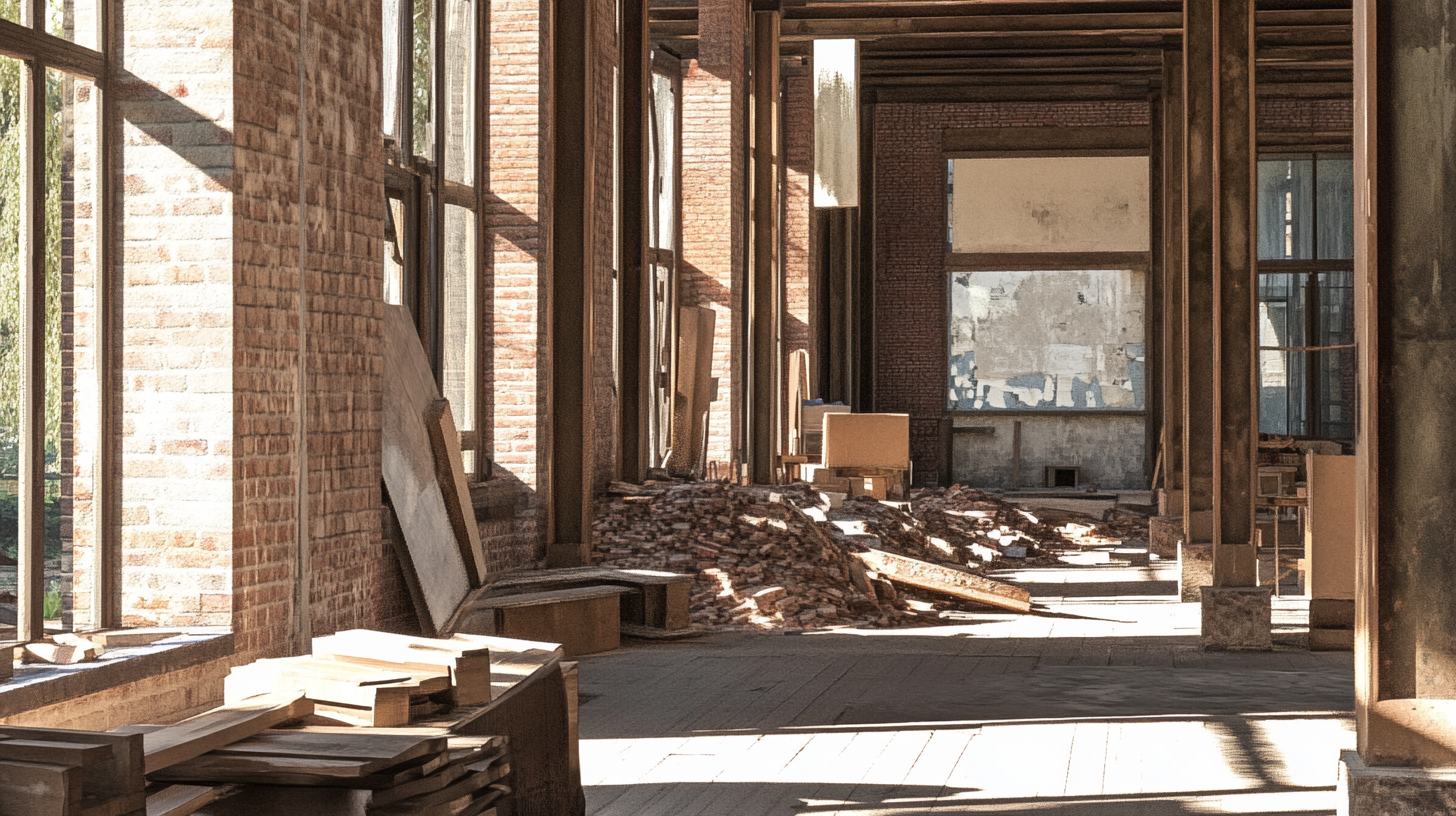The Housing Crisis: Why Traditional Construction Methods Are No Longer Viable
As the CEO of Haüsa Homes, I’ve spent the last eight years immersed in the world of construction, constantly questioning why building a home—a basic human need—has become so prohibitively expensive. I’ve seen firsthand how traditional methods, revered for centuries, are failing to meet the demands of modern society. Today, I want to challenge the status quo and ask: why are we still clinging to outdated ways of building when better, faster, and more affordable solutions exist?
Let’s be honest. The housing market is broken. Everywhere you look, skyrocketing prices are pushing homeownership further out of reach for millions. Families are struggling to afford homes, developers are grappling with rising costs, and skilled labor shortages are threatening to grind the industry to a halt. Yet, despite these glaring issues, we continue to rely on methods that were designed for a different era—methods that are slow, inefficient, and increasingly unsustainable.
A Broken System
Take brick construction, for example. It’s been around for thousands of years, and while it has its aesthetic charm and durability, it’s incredibly labor-intensive. Bricklaying requires a high level of skill—something that’s in short supply these days—and it’s completely dependent on weather conditions. How many projects have been delayed because rain or freezing temperatures made it impossible to lay bricks? Too many.
Timber framing isn’t much better. Sure, it’s lightweight and relatively easy to work with, but it comes with its own set of problems: fire risks, pest infestations, ongoing maintenance requirements, and sustainability concerns as forests struggle to keep up with demand. And don’t get me started on concrete—it’s one of the biggest contributors to global carbon emissions and requires extensive curing times that slow down construction timelines.
Steel framing? It’s often touted as a modern solution, but it’s not without flaws. Thermal bridging can wreak havoc on energy efficiency, specialized labor is still required for installation, and corrosion can be a nightmare in certain climates.
And then there’s on-site construction in general—the epitome of inefficiency. Coordinating multiple trades in unpredictable weather conditions is like herding cats. Quality control becomes a gamble when every piece is cut and assembled manually on-site. Waste piles up because precision is nearly impossible in such variable environments. And let’s not forget the delays caused by labor shortages—an issue that’s only getting worse as skilled workers retire faster than new ones enter the industry.
A Personal Perspective
I’ve been in countless meetings with developers who are frustrated by these inefficiencies but feel trapped by tradition. “This is just how it’s done,” they say. But why? Why should we accept that building homes has to be slow, expensive, and wasteful? Why should we settle for methods that depend on scarce skilled labor when automation and factory production can eliminate those bottlenecks?
I’ve walked through construction sites where materials are exposed to rain and wind for weeks before they’re installed—compromising quality before the home is even finished. I’ve seen workers struggle with outdated tools and processes that could easily be replaced with more efficient systems. And I’ve watched budgets spiral out of control because traditional methods simply aren’t designed for affordability.
These experiences have solidified my belief that we need a radical shift in how we approach homebuilding. We need to stop romanticizing the past and start embracing the future.
The Case for Change
At Haüsa Homes, we’re pioneering a different way forward—one that prioritizes affordability, efficiency, and sustainability without sacrificing quality or design. Modular volumetric construction allows us to build homes like products instead of projects. By moving 90% of the work into a factory setting, we can control costs, eliminate weather delays, reduce waste, and produce homes faster than ever before.
Instead of relying on concrete foundations that take weeks to cure or timber frames that require constant maintenance, we use steel chassis that are precision-engineered in controlled environments. Instead of gypsum rock walls that crumble under moisture or fire pressure, we use MgO SIPs (magnesium oxide structural insulated panels) that are stronger, more durable, and better insulated.
And instead of assembling roofs piece by piece on-site—exposing workers to dangerous conditions—we build fully insulated roof systems in factories where safety is paramount.
These methods aren’t just ideas; they’re proven solutions that have already transformed industries like automotive manufacturing. So why not apply them to housing?
A Call to Action
It’s time to ask ourselves some hard questions: Are we willing to let tradition hold us back? Are we okay with continuing down a path that leads to fewer affordable homes and more environmental damage? Or are we ready to embrace innovation and build a future where owning a home isn’t just a dream but an attainable reality?
I firmly believe we can cut housing costs by half if we rethink how homes are built—and I’m not alone in this belief. The data supports it; the technology exists; the demand is there. All we need is the courage to challenge the status quo.
This post is just the beginning of a series where I’ll dive deeper into why traditional methods are failing us and how modern approaches can pave the way for a brighter future. Together, let’s explore how modular volumetric construction, innovative materials like MgO SIPs, and factory-based production can revolutionize housing affordability—and let’s leave outdated practices where they belong: in the past.
Are you ready to join me in this journey? Let’s build something better—together.


